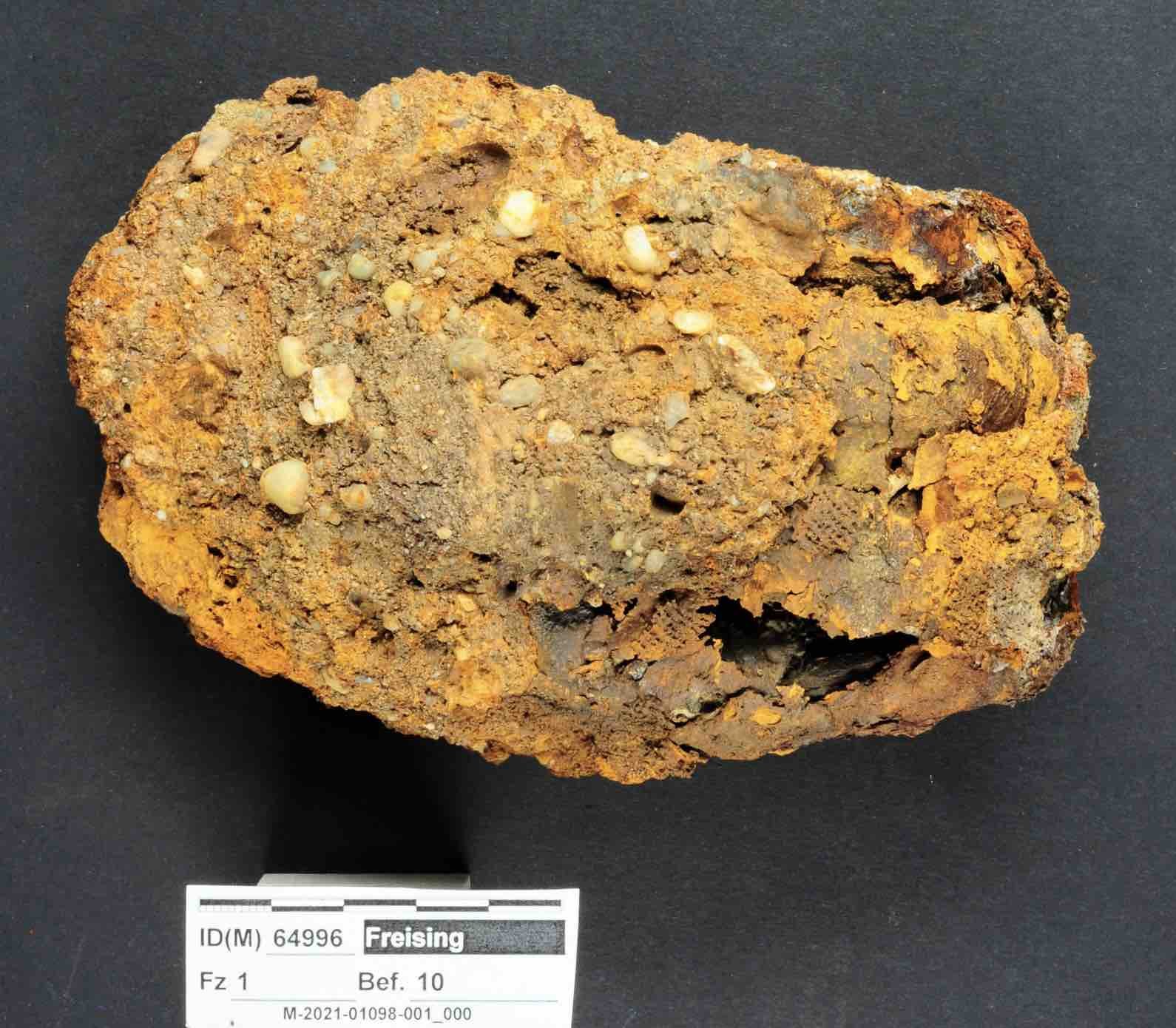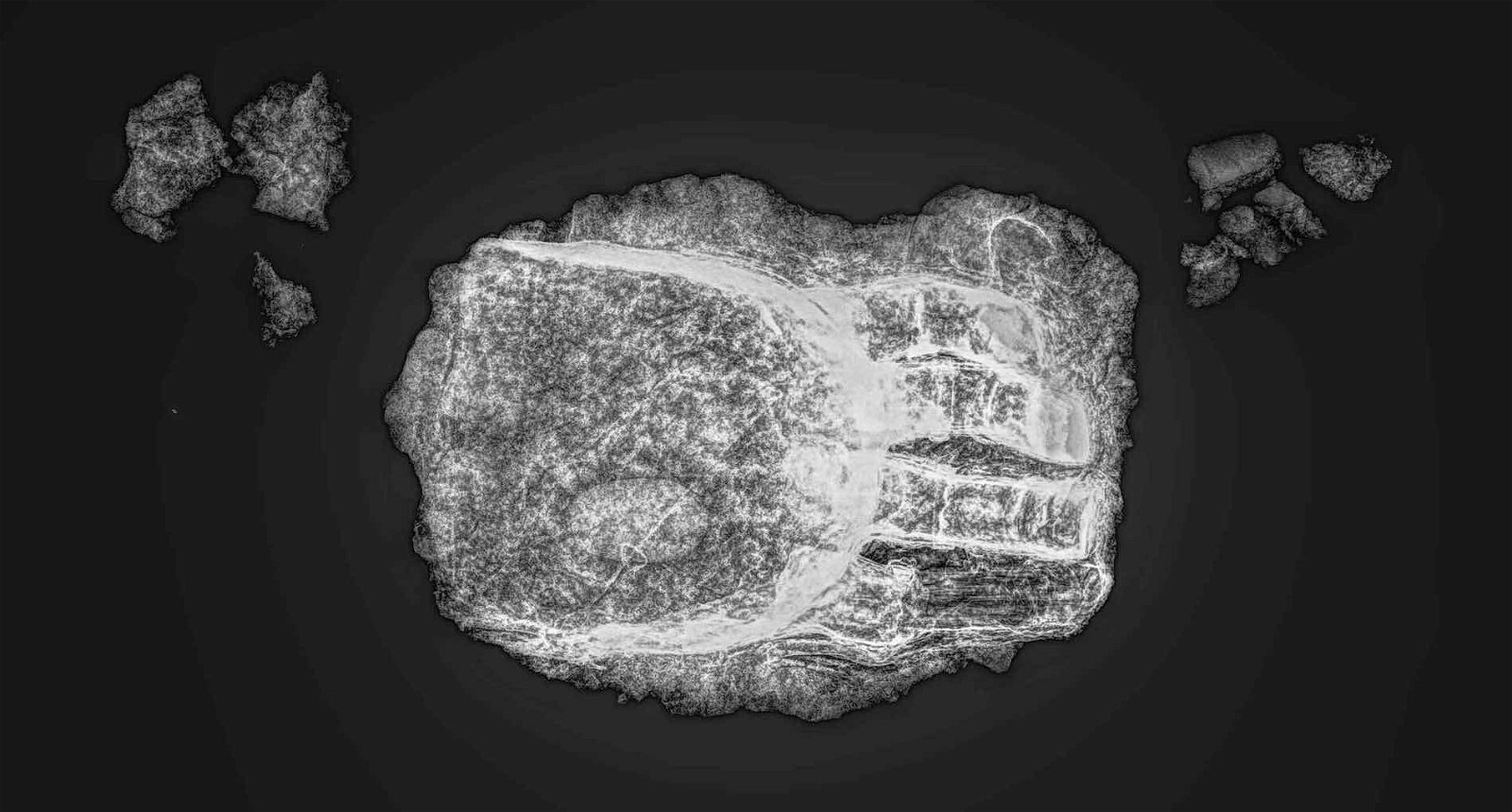When archaeologists working near Freising in Bavaria, Germany unearthed the remains of a long-deceased man from the Middle Ages who was missing portions of his hand, they never expected the discovery would also offer them a glimpse at the remarkable sophistication of Medieval technology during the 15th century.
Closer inspection of the ancient remains revealed something extraordinary: the deceased man had been buried wearing an iron prosthesis on his arm, fitted with metal parts in what archaeologists are calling “a sophisticated construction” composed of a variety of metallic components.
The discovery was initially made during pipeline construction in a grave close to the Freising Parish Church of Saint George. Following the discovery, radiocarbon dating helped determine that the man, who probably hadn’t lived to be 50 years of age, died sometime between 1450 and 1620.
Based on the condition of the remaining portion of the man’s hand, it is believed he may have lost the fingers on his left hand due to an amputation.


Although the discovery is a remarkable one, it is not the only one of its kind. Archaeologists have found close to 50 similar instances of prosthetics from the Middle Ages and early modern period throughout Central Europe.
The use of much simpler prosthetic devices dates to even earlier times. One of the oldest, a big toe constructed out of leather and wood, was found on an Egyptian mummy believed to be the remains of a noblewoman that dated to sometime between 950 to 710 BC.
The ancient Romans also used prosthetics, and while some archaeological examples exist, written accounts also describe warriors who employed artificial arms and legs made from wood and iron.
Although most early prosthetics were relatively simple, some allowed a limited amount of control with the use of cables and other machine components, which even included mechanical fingers capable of gripping objects.
One of the most famous examples from the Middle Ages was an iron prosthetic hand worn by Götz von Berlichingen, an attribute which garnered him the nickname “Götz of the Iron Hand.” A German imperial knight who lost his right hand from a cannon shot during the siege of Landshut in 1530, von Berlichingen’s famous iron hand contained movable parts and exceptional technological complexity for its time.
Following its discovery, the prosthetic hand recently unearthed at Freising was cleaned and subjected to X-ray analysis (see image at top of the page). Walter Irlinger, Ph.D., the director of the Department for archaeological monument conservation at the Bavarian State Office for Monument Protection, said that unlike some mechanical prosthetics from the period, analysis of the hand at Freising did not show similar levels of sophistication.
“The hollow hand prosthesis for the left hand supplemented four fingers,” Irlinger said in a statement. “The index, middle, ring, and little fingers are individually formed from sheet metal and are immovable.”
“The finger replicas lie slightly curved parallel to each other,” Irlinger added, suggesting that the prosthetic hand was attached to the remaining portion of the man’s hand with the aid of straps that fastened it into place.
Based on the current analysis, it is unclear what caused the likely amputation of the man’s fingers, although the presence of a thumb bone within the prosthesis, described by researchers involved with the research as having been “firmly corroded,” could offer clues.
The prosthesis is believed to have been covered in leather, with additional gauze-like material used to cushion the area where the iron prosthetic connected to the remaining portion of the man’s hand.
Micah Hanks is the Editor-in-Chief and Co-Founder of The Debrief. He can be reached by email at micah@thedebrief.org. Follow his work at micahhanks.com and on Twitter: @MicahHanks.

